Embracing Ambiguity
Embracing Ambiguity
A Workforce Training Plan for the Postpandemic Economy
Michael Edmondson, PhD

Embracing Ambiguity:
A Workforce Training Plan for the Postpandemic Economy
Copyright Business Expert Press, LLC, 2022.
Cover design by Divya Pidaparti
Interior design by Exeter Premedia Services Private Ltd., Chennai, India
All rights reserved. No part of this publication may be reproduced, stored in a retrieval system, or transmitted in any form or by any meanselectronic, mechanical, photocopy, recording, or any other except for brief quotations, not to exceed 400 words, without the prior permission of the publisher.
First published in 2021 by
Business Expert Press, LLC
222 East 46th Street, New York, NY 10017
www.businessexpertpress.com
ISBN-13: 978-1-63742-171-0 (paperback)
ISBN-13: 978-1-63742-172-7 (e-book)
Business Expert Press Human Resource Management and Organizational Behavior Collection
Collection ISSN: 1946-5637 (print)
Collection ISSN: 1946-5645 (electronic)
First edition: 2021
10 9 8 7 6 5 4 3 2 1
Description
Embracing Ambiguity: A Workforce Training Plan for the Postpandemic Economy fills a tremendous need in todays chaotic marketplace by providing a timely, impactful, and relevant self-directed training program designed to enhance the essential skills employees need to embrace the ambiguity of a postpandemic world. In todays dynamic, hyper-competitive, and ever-changing global economy organizations need to make investing in the personal growth and professional development of its employees a strategic imperative. Doing so requires organizations to think differently about training its workforce, adapt new strategies of employee engagement, and create a more agile approach to human capital management. Since the new reality is that life in a postpandemic world will look different than it did prior to the global health care crisis employees should be encouraged to engage in a self-directed training program to enhance their future potential. Such a program provides employees with the opportunity to learn at their own pace, in a safe environment, and at a convenient time of day. By shifting the locus of control over to the employee, individuals maintain the self-determination required to identify, develop, and enhance the essential skills necessary to embrace the ambiguity in a postpandemic world. By engaging in self-directed learning employees will increase their self-awareness, further their sense of the world around them, and reflect on the intersection of the two. Required reading for individuals from small-to-medium sized businesses, large corporations, nonprofit organizations, and government offices, Embracing Ambiguity offers employers and employees alike a valuable resource to use as they chart a course forward in a postpandemic marketplace.
Keywords
change; management; manager; business; leadership; employee training
Contents
The Relevance of History to the Present
In April 1928, The Forum journal published an interview with American industrialist and business magnate Henry Ford who commented on the apparent increase in the complexity and rapidity of life. The 1920s, also known as the Roaring Twenties, witnessed a decade of economic growth and widespread prosperity resulting in an unprecedented period of social, artistic, and cultural dynamics propelling Americans into the era of modernity. But Ford was skeptical about whether there had been a commensurate increase in thought during the decades advancements. According to Ford But there is a question in my mind whether, with all this speeding up of our everyday activities, there is any more real thinking. Thinking is the hardest work there is, which is the probable reason why so few engage in it. To sustain growth, relevance, and vitality in the near future, individuals, organizations, and governments around the world will need to think differently, challenge assumptions, and embrace the ambiguity of the postpandemic world. The local, national, and global challenges will demand that people everywhere escape old ideas and embrace new ones and engage in hard work involved with thinking.
One recent resource illustrating global issues in the postpandemic world is the 16th edition of the Global Risks Report, published in January 2021 by the World Economic Forum (WEF). The WEF recommended more innovative and collaborative approaches to resilience are needed to address the disruptive implications of major global risks, including the coronavirus disease (COVID)-19 pandemic, ongoing geopolitical and societal challenges, and the existential crisis of climate change. This current need for innovative solutions will only increase as the problems of today give way to the issues of tomorrow. According to the WEF, the following critical threats and time-horizons will contribute to the postpandemic VUCA environment during the next decade.
The next two years (20212023): employment and livelihood crises, widespread youth disillusionment, digital inequality, economic stagnation, human-made environmental damage, erosion of societal cohesion, and terrorist attacks.
 Example: The Organization for Economic Co-operation and Development (OECD) area unemployment rate declined in February 2021, to 6.7% (from 6.8% in January), remaining 1.4 percentage points above the
Example: The Organization for Economic Co-operation and Development (OECD) area unemployment rate declined in February 2021, to 6.7% (from 6.8% in January), remaining 1.4 percentage points above the
level observed in February 2020, before the COVID-19 pandemic hit the labor market. The OECD is an intergovernmental economic organization with 38 member countries, founded in 1961 to stimulate economic progress and world trade.
The next three to five years (20242026): economic risks including asset bubbles, price instability, commodity shocks and debt crises; followed by geopolitical risks, including interstate relations and conflict, and resource geo-politization.
 Example: As James Berman wrote in an April 01, 2021, Forbes column Its time for a reckoning in bubble assets. Not since 1999 have I seen so much garbage trading at such crazy prices.
Example: As James Berman wrote in an April 01, 2021, Forbes column Its time for a reckoning in bubble assets. Not since 1999 have I seen so much garbage trading at such crazy prices.
The five-to-ten-year horizon (20262031): environmental risks such as biodiversity loss, natural resource crises and climate action failure dominate, alongside weapons of mass destruction, adverse effects of technology, and collapse of states or multilateral institutions.
 Example: The European Commission plans to unveil far-reaching regulations to limit technologies powered by artificial intelligence (AI).
Example: The European Commission plans to unveil far-reaching regulations to limit technologies powered by artificial intelligence (AI).
To prepare for these and other future crises, individuals, organizations, and societies around the world would be best served by challenging their assumptions to think differently and leverage the past to apply lessons to the present. The need to challenge assumptions and think differently will create the necessary paradigm shift Frank Swiaczny, a German demographer and former chief of population trends and analysis for the United Nations, called for when asked how world leaders should address the projected decline in global population. For Swiaczny, countries need to learn to live with and adapt to population decline. The ability for individuals to couple a paradigm shift with applied lessons of history, however, marks a truly valuable option for anyone looking to embrace ambiguity in the postpandemic world.

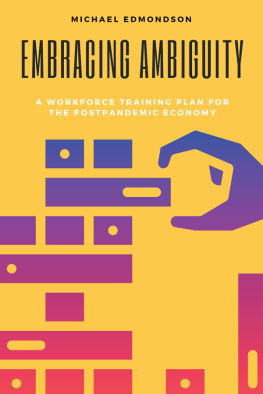
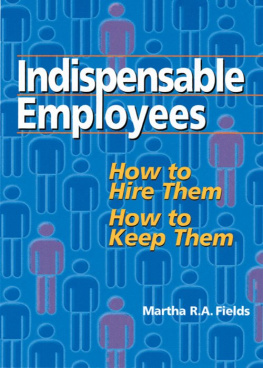
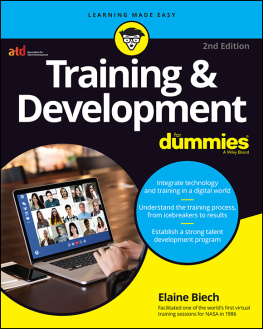

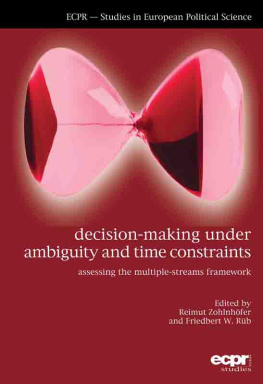
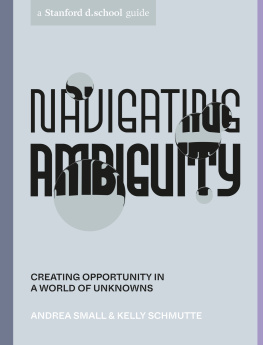

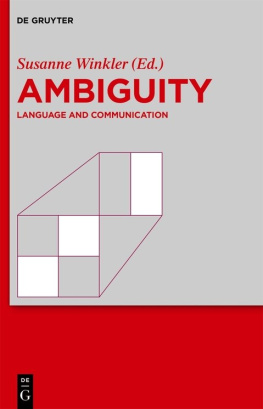



 Example: The Organization for Economic Co-operation and Development (OECD) area unemployment rate declined in February 2021, to 6.7% (from 6.8% in January), remaining 1.4 percentage points above the
Example: The Organization for Economic Co-operation and Development (OECD) area unemployment rate declined in February 2021, to 6.7% (from 6.8% in January), remaining 1.4 percentage points above the